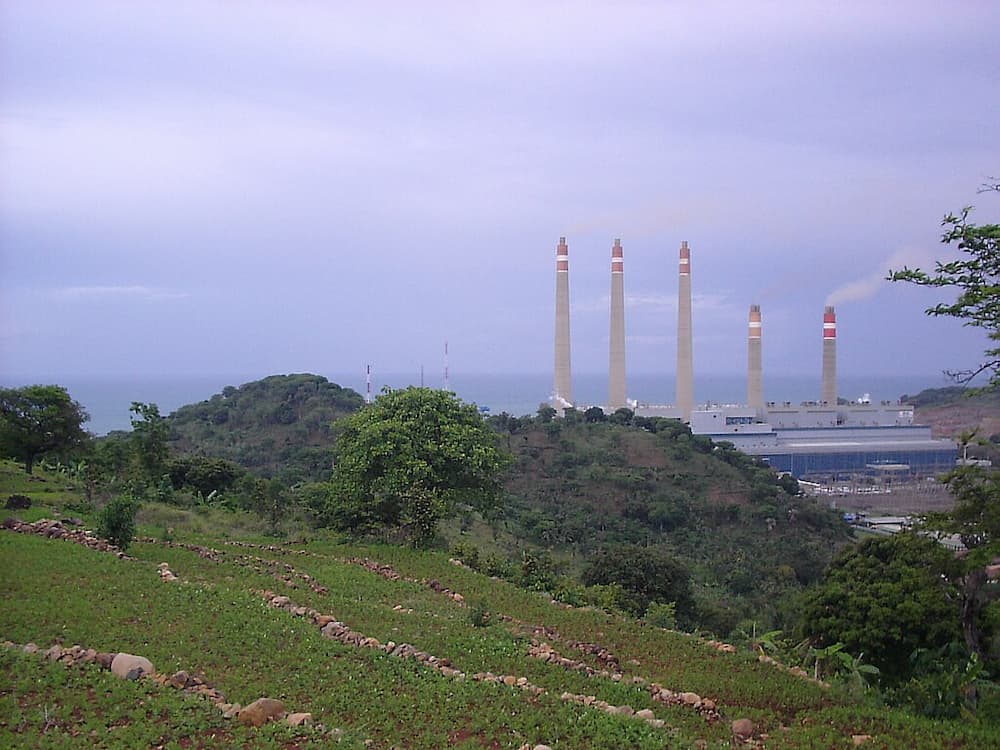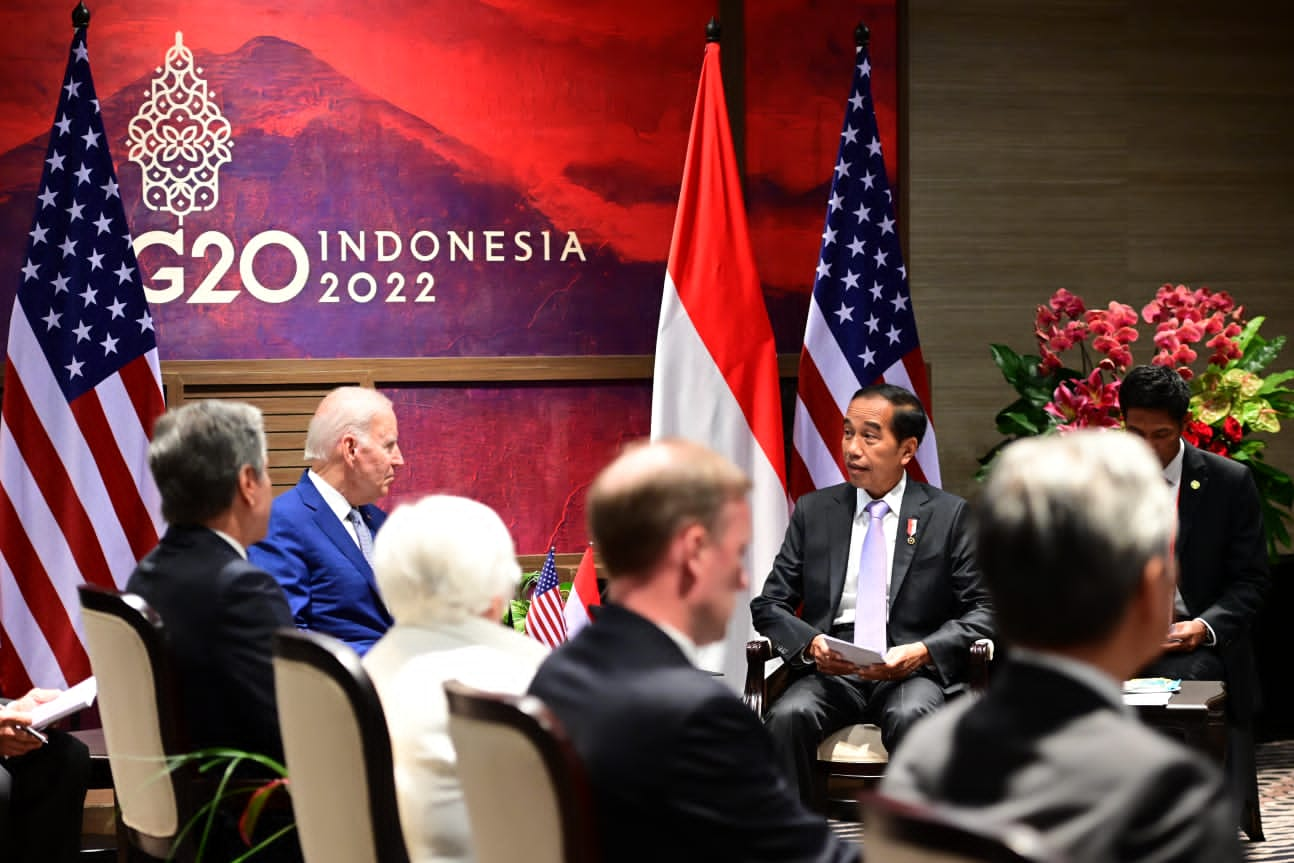.jpg)
(Image: iStock)
Southeast Asian countries face significant vulnerabilities to the impact of climate change, yet many of them rely heavily on coal for electricity generation. To accelerate decarbonization efforts in the power sector, these countries require strategic climate assistance. Therefore, the implementation of projects like the Just Energy Transition Partnerships (JETPs) is crucial for developing economies particularly in Southeast Asia, providing support to transition towards cleaner and sustainable energy sources.
What is the Just Energy Transition Partnerships (JETP)?
Just Energy Transition Partnerships, or JETPs, are a collaborative financing mechanism aimed to support the coal-dependent and developing economies in transitioning from carbon-intensive energy systems to cleaner and more sustainable alternatives while addressing social consequences. It is designed to finance the decommissioning of high carbon-emitting power plants, promote the development of renewable energy generation and storage infrastructure, as well as improve the efficiency of transmission grid.
This green financing focus’ extends beyond environmental considerations, in which it integrates the social and economic considerations to ensure that the transition benefits the society as a whole, particularly those who are most vulnerable or disadvantaged. By incorporating principles of equity, inclusivity, and sustainability into financing strategies, JETPs strive to create a transition that is not only effective in combating climate change, but also socially and economically beneficial for all stakeholders. Reskilling, upskilling, and creating new job opportunities are the keys to ensure a just energy transition for workers and communities.
Why is coal such a focus in JETP?
Coal has been vital for global energy supply and economic growth. However, burning coal generates significant greenhouse gas emissions, which pose challenges and can exacerbate the effects of climate change.
According to the US Environmental Protection Agency (EPA), the largest single source of global greenhouse gas emissions in 2019 was from electricity and heat production, including coal burning, accounted for 34% of total emissions.

PLTU Suralaya in Indonesia. (Photo: Wikimedia Commons)
Analysis by the International Energy Agency (IEA) also reveals that coal power plants in Asia are relatively young, averaging about 13 years in age with typical lifespans ranging from 40 to 50 years. This presents a unique financial challenge compared to the aging coal plants nearing retirement in most advanced economies. Allowing these plants to operate fully would rapidly consume the carbon emissions left for the world to emit. Therefore, transitioning away from coal is crucial to mitigate climate change impacts and uphold the international climate commitments.
Who are the primary funders for JETP?
The financing for JETPs comes from a combination of public and private sources using various types of mechanisms including grants, loans, and investments. Public funding is provided by a group of industrialized countries known as the International Partners Group (IPG), which includes Canada, Denmark, France, Germany, Italy, Japan, Norway, UK, U.S., and the EU. Additionally, JETPs receive support from multilateral development banks (MDBs), philanthropic organizations, and the Climate Investment Funds (CIF), which is funded by multiple donors and operated by the MDBs.
Meanwhile, the private sector funding is coordinated through the Glasgow Financial Alliance for Net Zero (GFANZ) Working Group, comprising seven global investment banks representing a total of 675 private sector financiers. Collectively, donor and investors have pledged over $46 billion to support the implementation of JETPs.
.jpg)
The GFANZ is the world's largest coalition of financial institutions committed to transitioning the global economy to net-zero greenhouse gas emissions. (Photo: GFANZ)
Which countries are involved in and what progress has been made?
At present, the JETPs are actively supporting four countries, such as South Africa, Indonesia, Vietnam, and Senegal.
South Africa
During the COP26 in November 2021, the first partnership with South Africa was announced. The funders, including France, Germany, UK, U.S, and the EU, collectively pledged $8.5 billion in the initial financing round. This partnership aims to support the country’s long-term goals of reducing unemployment, promoting economic growth, and creating jobs. The released of JETP Investment Plan (JETP IP) during COP27 outlined the country’s priority investment needs in key sectors such as electricity, new energy vehicles, and green hydrogen technologies. It’s estimated a funding requirement of $98 billion and expected to mitigate 1 to 1.5 gigatons of emissions over the next 20 years.
Indonesia
Subsequent JETP partnerships have emerged on the global stage. At the G20 leaders’ summit in Bali in November 2022, Indonesia announced a groundbreaking JETP collaboration amounting to $20 billion. Led by the international partner group (IPG) co-chaired by the U.S. and Japan, this initiative aims to facilitate the early retirement of coal-fired power plants, achieve net-zero emissions in the power sector by 2050, as well as drive the regulatory reforms to enhance energy efficiency.

At the 2022 G20 Summit, Indonesia announced its partnership with the International Partners Group (IPG) for JETP. (Photo: Indonesia's Cabinet Secretary)
Vietnam
Following suit, Vietnam embarked on its JETP journey in December 2022, securing a significant commitment of $15 billion from a similar IPG coalition. This partnership emphasizes equal contributions from public and private sector investors, focuses on decommissioning coal-fired power plants, investing in renewable energy infrastructure and energy storage, and advancing energy efficiency measures.
Senegal
JETP landscape continues to expand, with Senegal joining the fold through a €2.5 billion partnership announced at the Summit for a New Global Financing Pact in June 2023. Supported by an IPG comprising of France, Germany, EU, UK, and Canada, this initiative highlights a collaborative effort involving multilateral development banks, private sector entities, sovereign wealth funds, and philanthropic foundations. The primary objectives include enhancing energy access, accelerating the deployment of renewable energy, and charting a low greenhouse gas emission development trajectory for the country.
Can private capital effectively contribute to solving the climate crisis?
Private capital is essential to meet the global climate investment needs, yet initiatives like the JETP face significant hurdles in attracting substantial funding. One primary challenge is the inherent risk associated with investing in emerging markets, which are often less predictable and transparent compared to developed economies.
Even environmentally-conscious institutions may face constraints due to fiduciary duties to shareholders, limiting their willingness to take on such risks. Besides that, obstacle stems from the policies of banks and institutions that prohibit investments in coal-related projects, even if the purpose is to facilitate the early closure of the plants.
How’s the progress in Indonesia specifically?
Indonesia's JETP has been announced for nearly 20 months, and the government released the Comprehensive Investment and Policy Plan (CIPP) in November 2023 to accelerate the energy transition. However, due to policy delays and financing gaps, the transition to clean energy has stalled, and the country has made little progress in retiring coal-fired power plants.
According to Melinda Martinus, a researcher at the ISEAS-Yusof Ishak Institute, even with JETP funding, Indonesia still faces a 70% financing gap. The CIPP has planned over 400 investment projects in the power sector, covering transmission and distribution, hydroelectric, geothermal, solar, and wind energy, requiring a total of $67 billion in funding, which is significantly higher than the $20 billion pledged by JETP.

Indonesia’s state-owned power company, PLN, plays a crucial role in decarbonizing the country’s energy sector through aligning the current Electricity Supply Business Plan with JETP. PLN has made significant efforts towards achieving the energy transition goal of decarbonization, focusing on renewables and the development of a green ecosystem. This includes canceling 13.3 GW of new coal power plants, piloting the country's first carbon trading practices in 28 power plants, developing 21 GW of renewable plants under the Green Electricity Supply Business Plan, and expanding the electric vehicle ecosystem with 600 units of public charging stations.
Despite these efforts, Indonesia still falls short of its targets. Data from the country's Ministry of Energy and Mineral Resources shows that out of the potential 206 GW of solar power and 500 GW from other renewable sources, only 291 MW has been deployed. The current total share of renewable energy, including geothermal, bioenergy, solar, wind, hydro, and others, stands at just 14.5%.

















